
CR∆CKİNG THЄ CDЄ // DYN∆MİC L∆B F∆C∆DЄS
The real estate market continues to demand “all glass” buildings often to the detriment of human comfort and thermal performance. For an office

The real estate market continues to demand “all glass” buildings often to the detriment of human comfort and thermal performance. For an office

Envelope-for-Service (E4S) is a novel business model developed with the aim of converting the building façade from a traditionally traded good to a
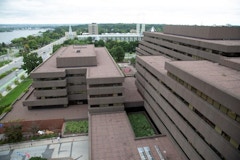

The National Institute of Building Sciences is gearing up for the industry’s only conference for the entire building community to connect, collaborate, and design solutions for the built environment – and we are looking for speakers.

For over 60 years architects, engineers, and consultants have been specifying stainless steels for use in building skins and in some structural

The Facade Tectonics Institute kicked off their first installment of FTI Dialogues: Suppliers & Contractors Series virtually on Friday, March 19th. High-performance facade systems are recognized as a key element in achieving sustainable building performance while also being tasked with providing
Adaptive facade systems are a promising approach to achieve a dynamic response to varying weather conditions and user demands. The interdisciplinary

The recent 50 year anniversary of the first use of silicone sealant in a 4-sided structural silicone glazing application marks a sustainable and
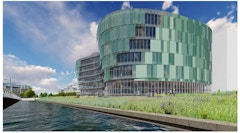
Facades must be responsive to a myriad of qualities and influences ranging from urban impact and aesthetic character to numerous performance

Ever-increasing performance requirements in the latest version of the energy codes are compelling project teams to consider the thermal performance
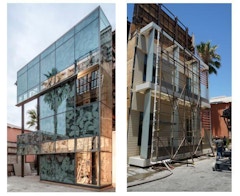
The Lucile Packard Children’s Hospital at Stanford University in Palo Alto, California features an extremely diverse set of facade systems within one



The performative and visual aspects of curved forming/bending thin “formable” planar materials is explored. Early tests for deflection indicate that

In recent years, the desire for increased performance, transparency and visual flatness of glazing elements in curtain walls has generated renewed

The FTI Research Committee is requesting Research Concept Briefs describing a team and approach for evaluating industry needs and challenges surrounding four key topic areas in which FTI has identified a need to accelerate innovation. The proposed research will clearly identify knowledge gaps and ba
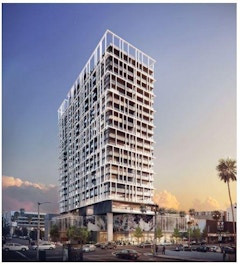
Energy codes across the country are progressively getting stricter and increasing the threshold for a baseline building’s energy performance.

Architects specify curtain wall thermal performance criteria and usually identify simple modeling software, like THERM, to perform thermal analysis
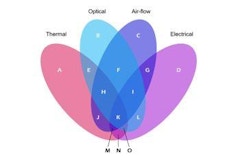
Cost-effective, sustainable, self-actuating, thermally-responsive, bio-composite exo-skins that act like shields or cloaks for existing buildings